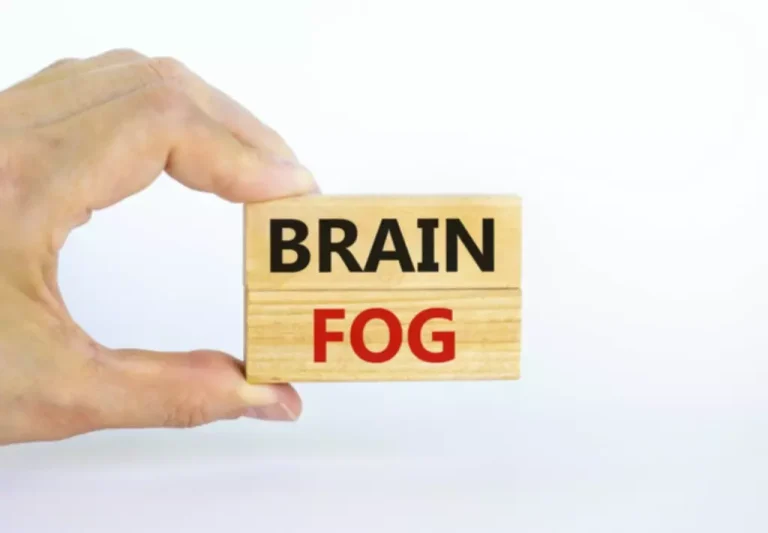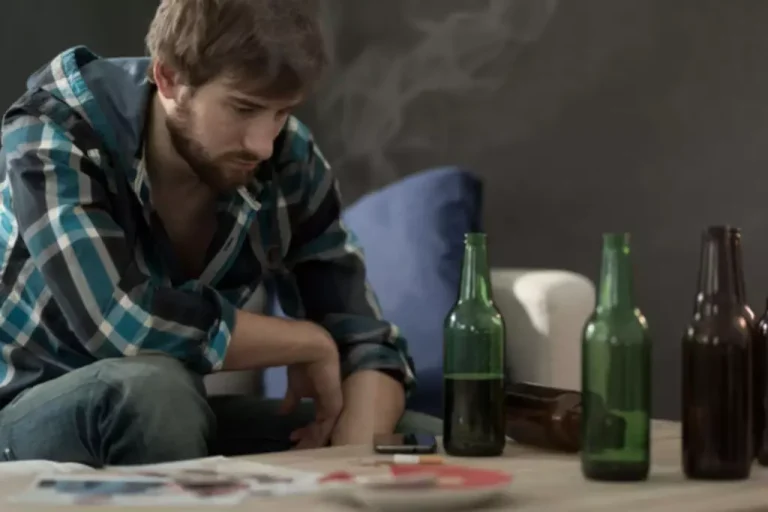
When all individual characteristics were considered together in the same statistical model, the researchers found that outpatient program patients were 87% more likely to live in a recovery residence if they were female (vs. male) and have utilized more types of treatment services. Also, those living in the recovery residence were more likely to be younger, i.e., being in the less than 29 age-group, versus 30–39 or 40+ age categories. In 2011, the National Association of Recovery Residences (NARR) was founded to promote a recovery-oriented continuum of support for those with substance use disorders by credentialing recovery residences that implement empirically-based recovery principles and practice standards. The purpose of this document is to answer some of the most frequently asked questions about recovery residences.
Helping to secure stable housing first among homeless individuals can improve mental health and quality of life
We partner with state agencies and recovery community organizations to advocate for the adoption of our high-quality housing standards at both state and national levels. The NARR model lays the groundwork for recovery housing policies, practices, and services, offering those in recovery the chance for a sustainable and fulfilling life. recovery residences are safe, healthy, family-like, illicit substance-free living environments that support individuals in recovery from substance use disorder (SUD). The purpose of a recovery residence is to provide a safe and healthy living environment to initiate and sustain recovery; defined as abstinence from alcohol and other mind-altering substances and improvement in one’s physical, mental, spiritual, and social well-being.
- Recovery residences are designed to be safe and supportive living environments that encourage recovery from substance use disorder and related problems.
- In other words, they were more likely to finish up treatment at a time deemed appropriate by their providers, rather than leaving outpatient care against clinical advice.
- To facilitate a smooth transition for individuals returning home from prison, the New York State Department of Corrections and Community Supervision’s (DOCCS) Re-Entry Operations (REO) Unit works with DOCCS correctional facility and community supervision field staff.
Thank you to our 2023 Conference Sponsors!

By understanding the path you’ve taken to get to us, we are committed to helping you structure your life by offering the tools and knowledge to build and maintain a solid foundation in your recovery. Join us in our mission to elevate the standard of recovery living, making a lasting difference in thousands of lives each year. The views expressed in written conference materials or publications and by speakers and moderators do not necessarily reflect the official policies of the Department of Health and Human Services; nor does mention of trade names, commercial practices, or organizations imply endorsement by the U.S. With accountability, consistency, and encouragement, Refresh Recovery Residence can help you to take control of your life and push you toward a promising future. HOUSTON — President Joe Biden has granted a Texas request for a federal emergency disaster declaration through FEMA to cover Hurricane Beryl recovery costs and help storm victims. The road to recovery is not always easy, but the journey has changed the lives of thousands of New Yorkers like you.

You’re unique—and so are the reasons you’re battling drugs or alcohol.
- At NARR, we take pride in fostering a network of affiliates and providers that exemplify the highest standards of recovery care.
- Roughly two-thirds (65.9%) had an average length of 87.5 days in the outpatient treatment program.
- Staff discussed the recovery housing option with all patients as part of the intake process and individuals could initiate or end recovery housing at any point of their outpatient treatment.
- Recovery residences support individuals by providing a safe living environment and readily available community of recovery-related social support.
- Women are more likely to be victims of sexual and physical abuse and some participants may have elected to live in safer recovery residences due to safety concerns elsewhere.
- Forty-four percent of the sample had both alcohol and drug diagnoses in their records, and about half (52%) had more than two different types of diagnoses.
The degree of monitoring and regulation in recovery residences varies widely from setting to setting. Given that recovery residences do not provide treatment, state regulations applicable to addiction treatment do not apply to them. That said, there are some umbrella organizations (see below) that promote quality assurance and oversight at recovery residences; they may even offer formal certification for residences that meet and adhere to these guidelines. Individuals considering recovery residences for themselves or their loved ones are strongly encouraged to inquire about any regulatory organizations with which a potential residence is affiliated and whether or not it is certified in states where certification is available. Your support directly contributes to the expansion of safe, quality recovery residences nationwide, making a lasting impact on individuals and families on their journey to healing.
Recovery residences: Which housing characteristics predict positive resident outcomes?
These comprehensive, live-in treatment programs provide you with a caring place to start your life over without the pressures that tore it down. Some residents reported staying in other recovery residences prior to moving into this residence, however even those who had never lived in recovery housing before mentioned the importance of finding a residence that best suited their needs and felt comfortable. By uniting with NARR, affiliates and providers become part of a national movement dedicated to enhancing the quality and accessibility of recovery housing. Together, we harness our collective strengths to build a more inclusive, supportive, and empowering recovery landscape. To bring expertise to the living environments focused on the whole-person approach to recovery. We employ proven and effective treatment methods—commonly known as evidence-based practices—that are designed to help you learn new skills to manage the challenges in your life that may have contributed to your substance use disorder.
Translation Services

Our experienced teams of on-site staff will support you in your recovery journey by providing you with structure, compassion, and accountability throughout your treatment process and fostering the strength, perseverance, and life skills that will make you successful when you leave a Refresh Recovery Residence. Our house managers and staff are always available to help you work through the questions and obstacles that come naturally in recovery. Sometimes also called a “recovery home” or “independent living,” sober living offers an opportunity for you to live independently in recovery with support from staff and house managers who have themselves recovered from drug or alcohol addiction and from peers who are in the same situation as you. This creates an environment of understanding and camaraderie—everyone striving toward a better future. Recovery residences are sober living environments, meaning that residents are expected to abstain from alcohol and illegal drug use and the misuse of prescribed medications and over the counter medications or other mind-altering substances of any sort.

Peer-Based Recovery Support
Life after detox: Can medication and residential treatment for opioid use disorder reduce risk of death?
- The researchers sought to determine whether individuals who opted to live in recovery housing during outpatient treatment differed from those who did not, in terms of demographic, clinical, and service use factors.
- NYSARR is a group of individuals and organizations working to provide quality recovery housing, a vital part on the continuum of care, for people with substance use disorders in New York State.
- Our sober living homes are spacious, with plenty of room inside and out to interact with your housemates or take time to yourself.
- The degree of monitoring and regulation in recovery residences varies widely from setting to setting.
